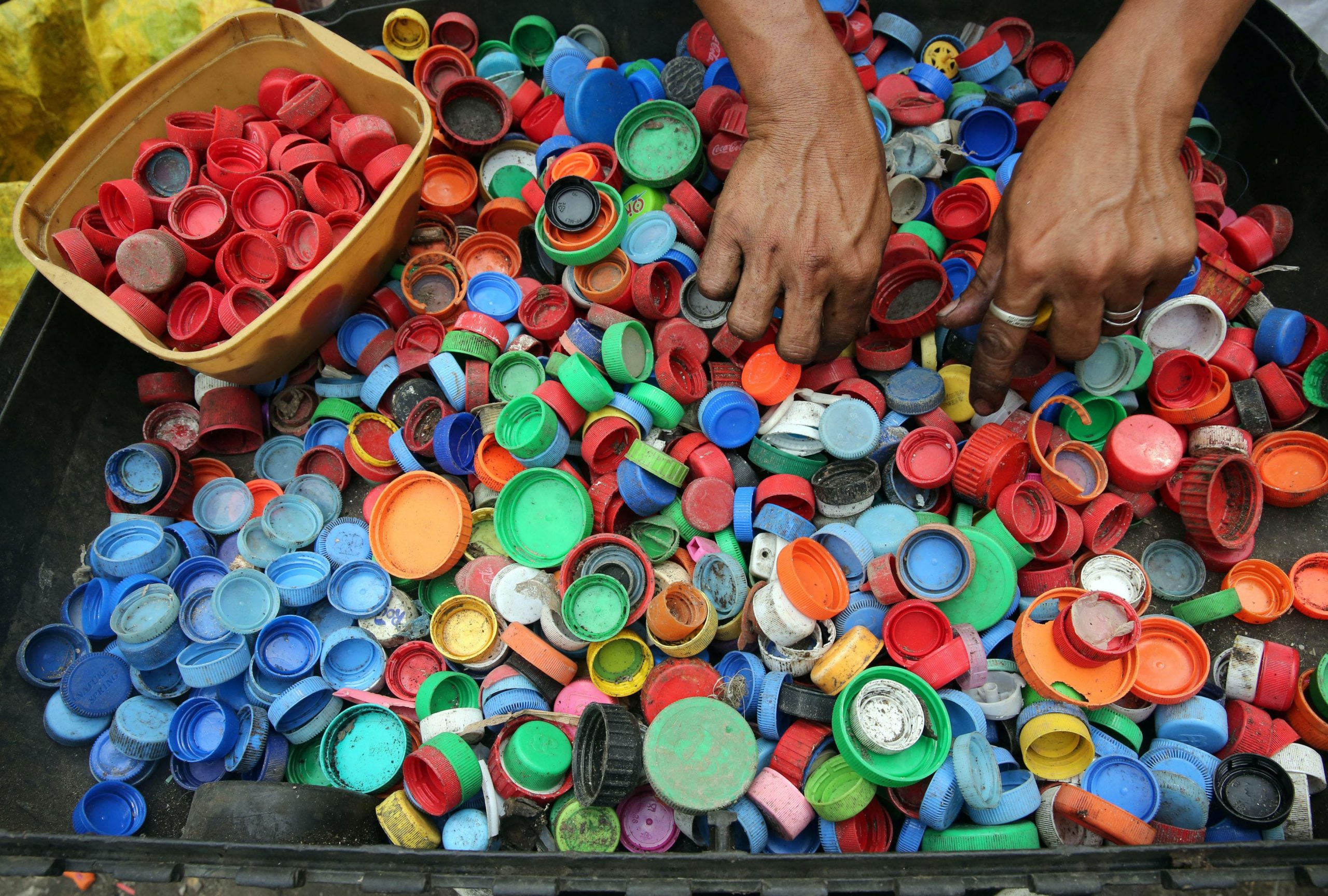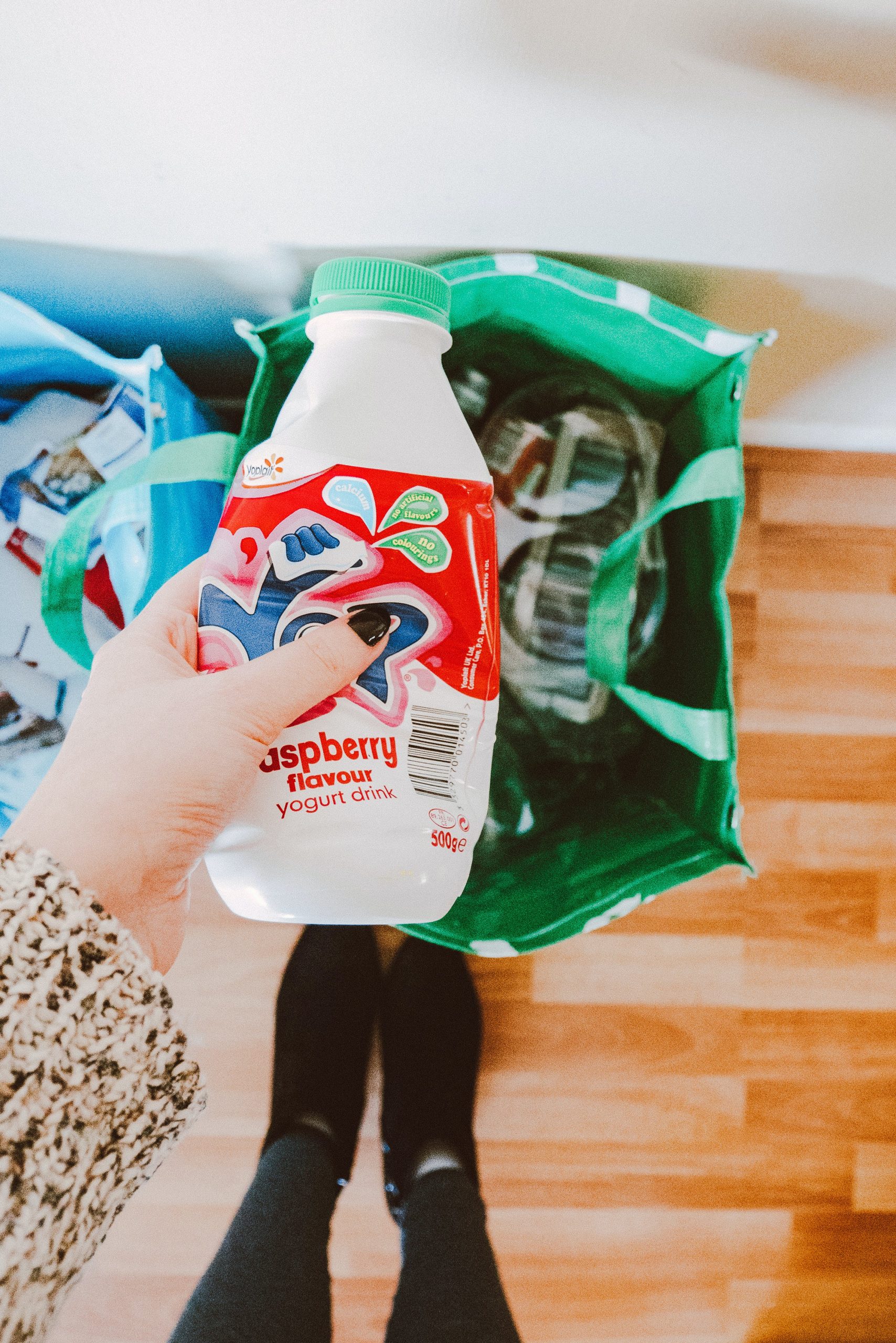In today’s environmentally conscious society, the importance of recycling cannot be underestimated. With the increasing concern for the planet, consumers are actively seeking out products that are eco-friendly and sustainable. This is where recyclable product labeling comes into play. By clearly identifying which products are recyclable, companies not only demonstrate their commitment to environmental responsibility but also appeal to a growing market of environmentally conscious consumers. In this article, we will explore the significance of recyclable product labeling and the potential legal implications that businesses may face. Stay tuned to discover the key benefits and considerations for implementing recyclable product labeling in your business. Don’t forget to read our FAQs section at the end for expert insights and advice.

What is Recyclable Product Labeling?
Recyclable product labeling refers to the practice of labeling products with clear and standardized information about their recyclability. It involves the use of symbols, text, and instructions to inform consumers about how to properly dispose of the product and its packaging after use. This labeling system aims to promote recycling behavior, reduce waste, and increase the efficiency of recycling processes.
Definition
Recyclable product labeling can be defined as the process of providing explicit information to consumers regarding the recyclability of a product. This information is typically displayed on the product’s packaging or label and is designed to convey clear instructions on how to recycle or dispose of the product in an environmentally friendly manner.
Purpose
The purpose of recyclable product labeling is twofold. First, it aims to educate consumers about the recyclability of products and encourage them to make informed choices based on their environmental impact. Second, it provides guidance on the proper disposal of products to ensure that they are recycled or disposed of in a way that minimizes harm to the environment.
Importance of Recyclable Product Labeling
Environmental Impact
Recyclable product labeling plays a crucial role in minimizing the environmental impact of products and their associated packaging. By clearly indicating their recyclability, consumers can make informed decisions and choose products that align with their sustainability goals. This helps reduce the amount of waste sent to landfills and conserves valuable resources by promoting recycling.
Consumer Awareness
Recyclable product labeling increases consumer awareness about the importance of recycling and the role they can play in minimizing waste. By providing clear instructions and information on packaging, consumers are empowered to make responsible choices and actively participate in recycling efforts. This increased awareness can lead to positive environmental change and a more sustainable future.
Regulatory Requirements
National Regulations
Many countries have implemented national regulations that require manufacturers to provide clear labeling on products regarding their recyclability. These regulations vary from country to country, but they typically mandate the use of specific symbols or labels to indicate if a product is recyclable, and if so, in what way. National regulations serve as a legal framework to ensure consistency and enable consumers to identify recyclable products easily.
International Standards
In addition to national regulations, several international standards have been established to guide recyclable product labeling. These standards ensure consistency across different countries and facilitate global trade by promoting uniform labeling practices. Organizations such as the International Organization for Standardization (ISO) provide guidelines and specifications that manufacturers can follow to label their products effectively.
Government Agencies
Government agencies, such as environmental protection agencies, play a vital role in monitoring and enforcing recyclable product labeling regulations. These agencies oversee compliance with national regulations and international standards, ensuring that manufacturers adhere to the required labeling practices. They also provide guidance and support to businesses and consumers on understanding and implementing effective recyclable product labeling.
Designing an Effective Recyclable Product Label
Clear Instructions
An effective recyclable product label should provide clear instructions on how to recycle or dispose of the product. This includes specifying which parts of the product are recyclable, the type of recycling process required, and any additional steps or considerations. Clear and concise language should be used to ensure that consumers can easily understand and follow the recycling instructions provided.
Standardized Symbols
Standardized symbols play a crucial role in recyclable product labeling as they provide a quick and easily recognizable way to convey information. Symbols such as the recycling symbol, representing the three arrows in a triangle, are widely recognized and understood by consumers. Incorporating these symbols into product labels helps consumers identify recyclable products at a glance and promotes consistency across different packaging designs.
Visual Appeal
While the primary focus of recyclable product labeling is to convey information, it is essential to design labels that are visually appealing and attention-grabbing. Eye-catching colors, fonts, and graphics can attract consumers’ attention and encourage them to engage with the information provided. Attention to design aesthetics contributes to the overall effectiveness of recyclable product labeling in capturing consumers’ interest and promoting responsible consumption.
Types of Recyclable Product Labels
Type 1 – Material Identification
Material identification labels specify the type of material used in the product and its packaging. These labels help consumers determine if a product is made of recyclable materials such as paper, plastic, glass, or metal. By indicating the material composition, consumers can make more informed decisions regarding the recyclability of the product and its packaging.
Type 2 – Recycling Instructions
Recycling instruction labels provide step-by-step guidance on how to properly recycle or dispose of a product. This type of label may include information on separating different components, removing labels or caps, and specific instructions for recycling or disposing of each component. These labels aim to simplify the recycling process for consumers and ensure that products are recycled correctly.
Type 3 – Certification Labels
Certification labels are used to indicate that a product or its packaging meets specific environmental standards or certifications. These labels may be granted by third-party organizations to products that have undergone rigorous assessment and met certain criteria for eco-friendliness and recyclability. Certification labels provide an additional level of trust and assurance for consumers, giving them confidence that the product is genuinely recyclable.
Benefits of Recyclable Product Labeling
Brand Reputation
Implementing recyclable product labeling demonstrates a company’s commitment to environmental sustainability and responsible consumption. Brands that actively promote the recyclability of their products gain a positive reputation among environmentally conscious consumers. This, in turn, can lead to increased brand loyalty, customer satisfaction, and a competitive edge in the market.
Circular Economy
Recyclable product labeling is a crucial element in building a circular economy, where materials are continuously recycled and reintegrated into the production process. By clearly indicating the recyclability of products, the labeling system enables the efficient collection and processing of recyclable materials. This contributes to the creation of a closed-loop system, where waste is minimized, and resources are conserved.
Waste Reduction
One of the primary benefits of recyclable product labeling is its contribution to waste reduction. By providing clear information on the recyclability of products, consumers are encouraged to recycle rather than dispose of items in the trash. This reduces the amount of waste sent to landfills, conserves natural resources, and minimizes the environmental footprint associated with manufacturing new products.

Consumer Understanding and Awareness
Educating Consumers
Recyclable product labeling plays a crucial role in educating consumers about the importance of recycling and proper waste management. By providing clear and easily understandable information, labeling helps bridge the gap between consumers’ intention to recycle and their action. Educating consumers about the benefits of recycling and the specific steps needed to recycle different products promotes informed decision-making and responsible behavior.
Promoting Recycling Behavior
Recyclable product labeling not only informs consumers but also encourages them to actively participate in recycling efforts. By providing explicit instructions on how to recycle or dispose of a product, labeling systems remove barriers and make recycling easier and more convenient. This promotes a positive change in consumer behavior, leading to increased recycling rates and a more sustainable waste management system.
Challenges and Limitations
Label Misinterpretation
One of the main challenges of recyclable product labeling is the potential misinterpretation of labels by consumers. Despite efforts to standardize symbols and provide clear instructions, individuals may still misunderstand or misinterpret the meaning of certain labels. This can lead to improper recycling or disposal practices, resulting in less effective waste management.
Lack of Standardization
Although there are international standards in place, the implementation and enforcement of recyclable product labeling can vary across different regions and industries. This lack of standardization can create confusion for both manufacturers and consumers, as labeling practices may differ between countries or even within the same country. A more unified approach to recyclable product labeling would enhance consistency and improve its effectiveness.

Case Studies
Successful Implementation
One example of successful recyclable product labeling is the “Mobius Loop” symbol, widely recognized as a symbol for recycling. This symbol, consisting of three arrows forming a triangle, indicates that a product is recyclable and has been recycled already. Its universal recognition has helped consumers identify and correctly dispose of recyclable products, contributing to increased recycling rates worldwide.
Lessons Learned
Through the implementation of recyclable product labeling, companies have learned that simplicity and clarity are key. Labels that are easy to understand and follow are more likely to be effective in promoting responsible recycling behavior. Additionally, collaboration between businesses, government agencies, and environmental organizations is crucial in establishing standardized labeling practices and educating consumers about recycling.
Conclusion
Recyclable product labeling is a vital sustainability tool that promotes responsible consumption, waste reduction, and the establishment of a circular economy. By providing clear instructions and standardized symbols, this labeling system enables consumers to make informed choices and actively participate in recycling efforts. Despite challenges and limitations, the implementation of effective recyclable product labeling can lead to significant environmental benefits, brand reputation enhancement, and a more sustainable future.
FAQs:
-
What are the benefits of recyclable product labeling for businesses? Recyclable product labeling can enhance a business’s brand reputation, increase customer loyalty, and improve its competitive edge in the market. It also contributes to building a circular economy, reducing waste, and conserving natural resources.
-
How can recyclable product labeling promote a more sustainable future? Recyclable product labeling empowers consumers to make informed decisions and actively participate in recycling efforts. This leads to increased recycling rates, waste reduction, and the conservation of valuable resources, paving the way for a more sustainable future.
-
What are the challenges associated with recyclable product labeling? The challenges include the risk of label misinterpretation by consumers and the lack of standardization in labeling practices. These factors can undermine the effectiveness of recycling efforts and create confusion among consumers.
-
How can businesses ensure effective recyclable product labeling? To ensure effective recyclable product labeling, businesses should focus on providing clear instructions, using standardized symbols, and designing visually appealing labels. Collaboration with government agencies and adherence to national regulations and international standards are also essential.
-
How can consumers be educated about recyclable product labeling? Education about recyclable product labeling can be achieved through various channels such as informative packaging labels, educational campaigns, and collaborations with environmental organizations. Government agencies and businesses can play a significant role in educating consumers about the importance of recycling and proper waste management practices.
